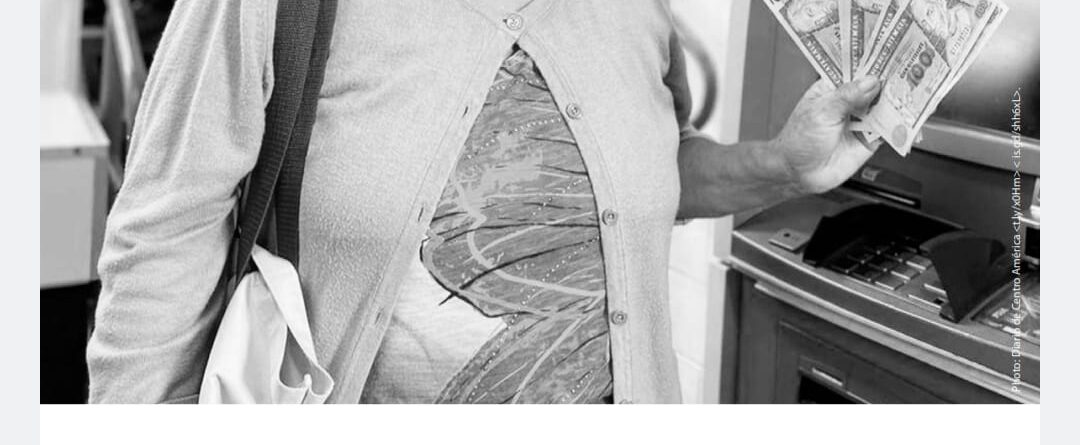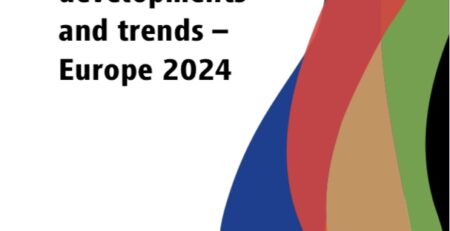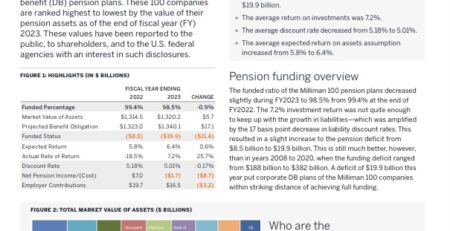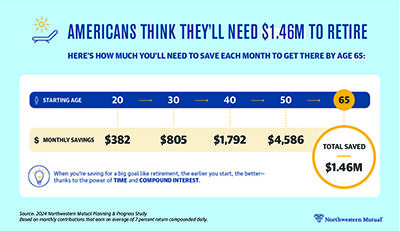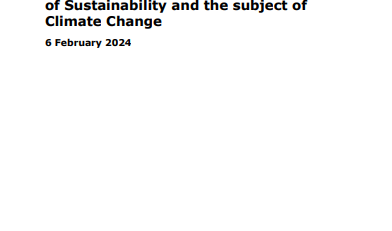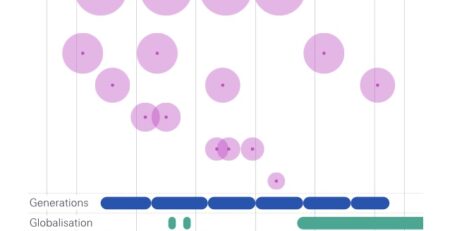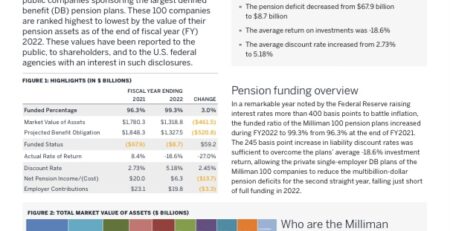Social protection and response to covid-19 in Latin America and the Caribbean: Innovations in registration and payment systems
By Nurth Palomo, Luis Vargas Faulbaum, Anna Carolina Machado, Camila Rolon and Fábio Veras Soares, Monica Rubio, Florencia Alejandre & Gerardo Escaroz
The outbreak of the COVID-19 pandemic has hit the foundations of the economy and provoked devastating social effects in all the countries in the world, being Latin America and the Caribbean (LAC) one of the most affected regions. As of mid-March 2021, there were 37 million reported cases in the region and a staggering 1,275,567 deaths, equivalent to 32.25 per cent of the global mortality.
During the first wave of the coronavirus in LAC, which started in February 2020, the countries established a state of emergency and adopted measures to contain the spread of the virus, such as targeted quarantines, border closures and travel restrictions. At the end of 2020, the decline in active cases allowed for a temporary relaxation of confinement measures, but the number of cases rose again due to the increase in social interactions that are typical of the end of the year, as shown in Figure 1. Therefore, several countries in LAC implemented new confinement measures, both at a national level and through subnational governments. The year 2021 began with an encouraging outlook thanks to the results that confirmed the effectiveness of the vaccines in preventing severe forms of COVID-19 and the start of immunisation campaigns in the region (Argentina, Brazil, Bolivia, Chile, Costa Rica,
Ecuador, Panama, Peru and Mexico). As shown in Figure 1, there has been a drop in the number of deaths due to COVID-19 since April 2021 even though the rate of infection remained high.
Read Book complete here

